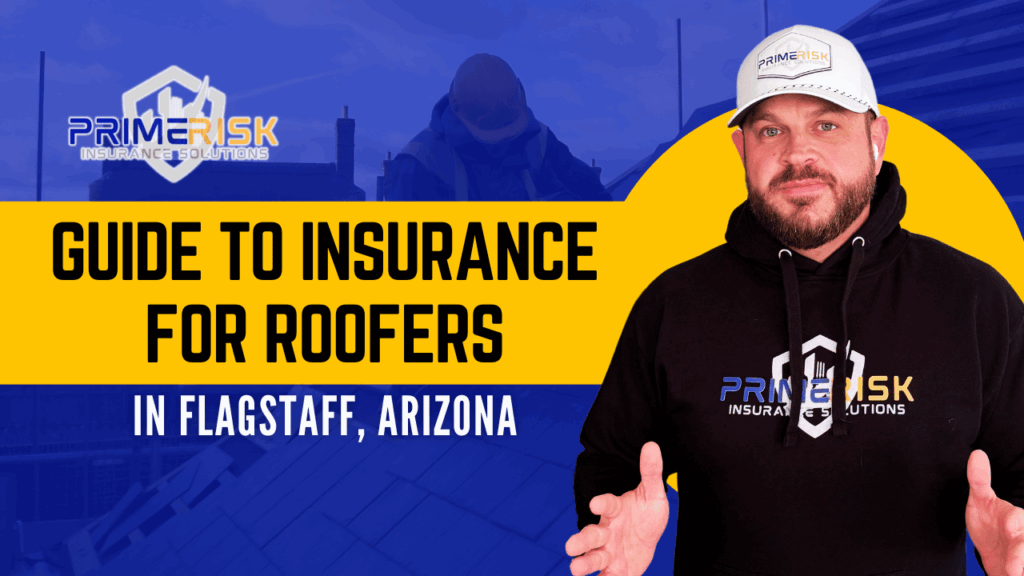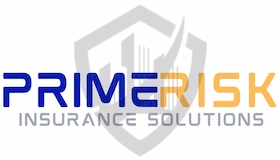
Are you a roofing contractor in Flagstaff struggling to understand which insurance policies you need?
Wondering how to navigate Arizona’s regulations, Flagstaff’s unique weather risks, and rising liability exposures without breaking the bank?
In this guide, you’ll learn exactly which coverages are mandatory, which optional policies will safeguard your business, and how to tailor your insurance strategy to Flagstaff’s high-altitude climate and historic preservation requirements.
Preview:
- Understanding the Regulatory Landscape – State licensing, local permits, and workers’ comp basics.
- Mandatory Insurance Requirements – General liability, workers’ compensation, and contractor bonds explained.
- Essential Voluntary Coverages – Auto, tools & equipment, professional liability, and umbrella policies.
- Flagstaff-Specific Considerations – Weather, historic districts, tourism, and seasonal business factors.
- Cost Factors & Savings Strategies – What drives premiums and how to manage your insurance budget.
- Practical Tips for Insurance Management – Building relationships, safety programs, documentation, and claims handling.
Understanding Arizona’s Regulatory Landscape for Roofing Contractors
Arizona’s licensing system sets the baseline for your insurance obligations. The Arizona Registrar of Contractors (ROC) requires every roofing contractor performing work over $1,000 to hold an R-42 Roofing license, which mandates proof of insurance and bonding before approval. Beyond the state, Coconino County and Flagstaff municipal codes require building permits—often contingent on current coverage certificates—and enforce safety and workmanship standards through inspections. Finally, workers’ compensation coverage is compulsory for any employer with employees, regardless of payroll size, protecting you from catastrophic injury claims and regulatory penalties.
Mandatory Insurance Requirements for Flagstaff Roofers
1. General Liability Insurance: Your First Line of Defense
- Minimum Limits: Arizona mandates at least $100,000 per occurrence and $300,000 aggregate, but most contractors carry $1–2 million per occurrence to cover high-value projects and historic homes.
- What It Covers: Third-party bodily injury, property damage, completed operations, and product liability for installed materials.
- Why More Is Better: One accident on a steep-slope roof or an adjacent property hit by falling debris can easily exceed state minimums.
2. Workers’ Compensation: Protecting Your Crew and Your License
- No-Fault Coverage: Pays medical expenses and lost wages regardless of fault, while shielding you from most lawsuits.
- Cost Drivers: Calculated per $100 of payroll (typically $8–15), influenced by your safety record and experience modification factor.
- Critical Note: Coverage must start on day one and remain uninterrupted to avoid fines, license suspension, and personal liability.
3. Contractor Bonds: Demonstrating Financial Responsibility
- Standard Bond Amount: $7,500 for R-42 contractors (up to $15,000 for larger scopes or higher classifications).
- Consumer Protection: Bonds pay valid claims directly to clients, then seek reimbursement from you—encouraging dispute resolution before claims escalate.
- Credibility Booster: Many commercial and municipal projects require bonded contractors with clean claim histories.
Essential Voluntary Coverages for Complete Protection
Commercial Auto Insurance
Point: Your trucks, trailers, and mobile equipment face risks on steep mountain roads and busy tourist corridors.
- Coverage Scope: Liability ($1 million+ per occurrence), physical damage, and tool/equipment coverage up to $10,000–20,000 per vehicle.
- Typical Cost: $1,200–3,000 per vehicle annually, depending on fleet size and driver records.
Tools & Equipment Insurance (Inland Marine)
Point: Your livelihood depends on tens of thousands of dollars of tools that travel off-site daily.
- What It Covers: Theft, vandalism, fire, transit damage—anywhere, anytime.
- Cost Efficiency: 1–3% of equipment value annually (e.g., $250–750 for $25,000 worth of tools).
Professional Liability (Errors & Omissions)
Point: Modern roofers often advise on designs, materials, and system performance—exposing you to professional claims.
- Coverage Details: Defense costs and damages for negligent design or consultation errors, with multi-year claim reporting.
- Budget-Friendly: $26–45 per month for basic limits, up to $1,500 annually for broader protection.
Umbrella Liability Insurance
Point: When primary policy limits are exhausted, umbrella coverage steps in to cover catastrophic losses.
- Typical Layers: $1–5 million in excess liability for general liability, auto, and sometimes employers’ liability.
- Value: $500–1,000 per million of coverage—an affordable way to guard against worst-case scenarios.
Flagstaff-Specific Insurance Considerations
Weather-Related Exposures
- Snow Load & Ice Dams: Annual snowfall often exceeds 100″, stressing roofs and increasing slip-and-fall risks.
- Monsoon Storms: Hail, high winds, and sudden rain can damage materials in transit or on partially completed roofs.
- High UV at 7,000 ft: Accelerated material degradation and heat-related worker illnesses.
Historic Districts & Architectural Heritage
- Specialized Restoration: Higher professional liability exposure when working on 19th-century buildings and designated historic sites.
- Premiums & Limits: Consider enhanced general liability and professional liability to cover restoration-specific perils and replacement costs.
Seasonal & Tourism Dynamics
- Cash Flow Management: Winter shutdowns demand flexible premium payment plans to maintain continuous coverage.
- Vacation Rentals: Potential business interruption claims if rental income is lost due to project delays—ensure your liability policy addresses rental income exposures.
Understanding Insurance Costs & Pricing Factors
Typical Insurance Spend: 2–5% of annual revenue, varying by coverage mix and risk profile.
- General Liability: $800–2,500/year for $1 million/2 million limits.
- Workers’ Comp: $40,000–75,000/year for $500,000 payroll at $8–15 per $100 payroll.
- Commercial Auto: $3,600–9,000/year for a three-vehicle fleet.
- Professional Liability: $300–1,500/year.
Key Cost Drivers:
- Business Size & Revenue: Larger firms benefit from scale; small operators face minimum premiums.
- Location & Weather Risk: Northern Arizona’s climate and construction costs differ from Phoenix/Tucson markets.
- Claims History & Safety Record: Experience modification factors can yield 20%+ premium credits or surcharges.
- Scope of Services: Specialized work (steep slopes, historic restorations) commands higher rates.
- Safety Programs & Risk Management: Documented training and proactive measures can cut premiums by 10–25%.
Practical Tips for Roofing Contractors
- Partner with Specialized Agents
- Seek brokers who focus on contractor risks and flag that you operate in Flagstaff’s unique environment.
- Schedule annual insurance reviews to adjust coverages, explore new markets, and lock in bundle discounts.
- Implement Comprehensive Safety Programs
- Develop written policies, conduct regular training, and maintain equipment inspections.
- Track incidents and near-misses to demonstrate continuous improvement and qualify for safety credits.
- Maintain Rigorous Documentation
- Keep current certificates of insurance, project permits, contracts, change orders, and inspection reports.
- Archive payroll and equipment valuations for audits and accurate premium calculations.
- Proactive Claims Management
- Report incidents immediately, cooperate with investigations, and analyze each claim to prevent recurrence.
- Use each claim as a learning opportunity to refine safety protocols and reduce future losses.
- Stay Informed & Connected
- Join industry associations, attend local workshops, and subscribe to trade publications to keep pace with regulatory and market changes.
Conclusion
You’ve gained a clear roadmap for meeting Arizona’s mandatory insurance requirements, adding essential voluntary coverages, and tailoring your policies to Flagstaff’s high-altitude weather, historic preservation demands, and seasonal business cycles.
Remember: Without the right insurance portfolio—combining general liability, workers’ compensation, bonding, auto, equipment, professional liability, and umbrella coverage—you expose your business to legal penalties, severe financial losses, and reputational damage.
Now that you understand how to protect your crew, your clients, and your bottom line, it’s time to get a personalized insurance quote and lock in the coverage levels that will keep your Flagstaff roofing business secure through every storm and season.

